The US National Aeronautics and Space Administration (NASA) probe Juno sent back to Earth new images of Jupiter that were taken during its 66th approach to the planet. The $1 billion craft completed its next flyby of Jupiter on October 23, reaching the planet’s poles for the first time.
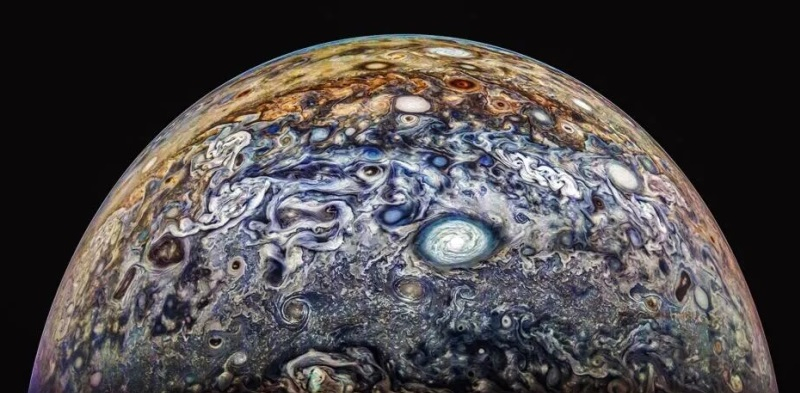
Image source: NASA / JPL / SwRI / MSSS / Gerald Eichstädt / Thomas Thomopoulos
The Juno probe has been in orbit around Jupiter since July 2016. During this time, the device transmitted to Earth thousands of priceless images of the atmosphere of the planet and its satellites. The newly acquired photos look just as mesmerizing.

Image source: NASA/SwRI/MSSS/Jackie Branc
During its latest flyby, Juno passed close to Amalthea, Jupiter’s fifth-largest moon, which has an oblong shape. The satellite’s radius is 84 km, which is significantly smaller than the Earth’s Moon.
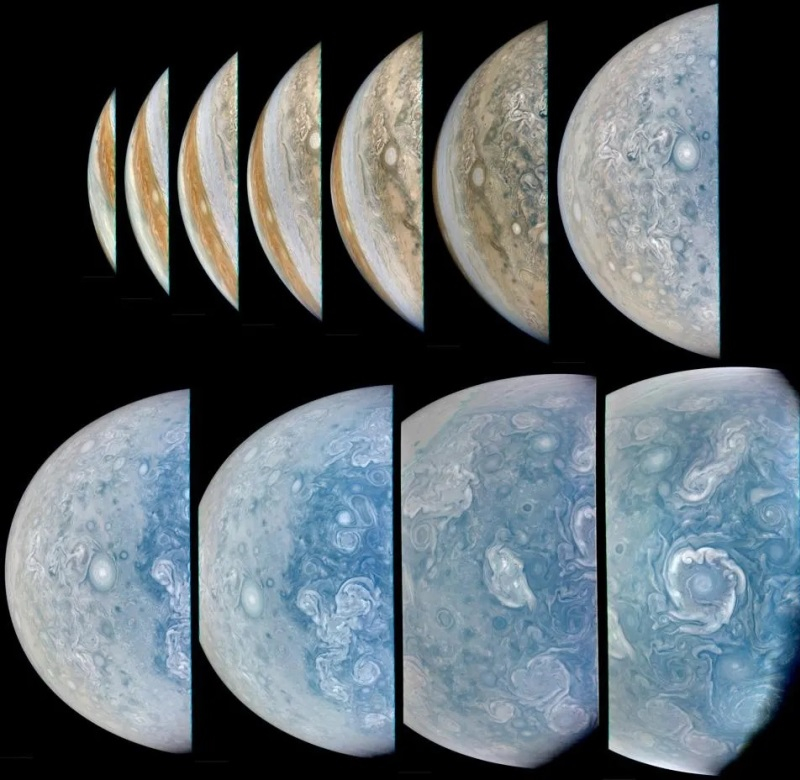
Image source: NASA/JPL-Caltech/SwRI/MSSS/Brian Swift
Juno’s two-megapixel camera, JunoCam, continues to capture images that reveal details of Jupiter’s challenging weather conditions. In addition to the camera, the probe’s design includes a magnetometer, a microwave radiometer and other instruments that help conduct scientific activities.
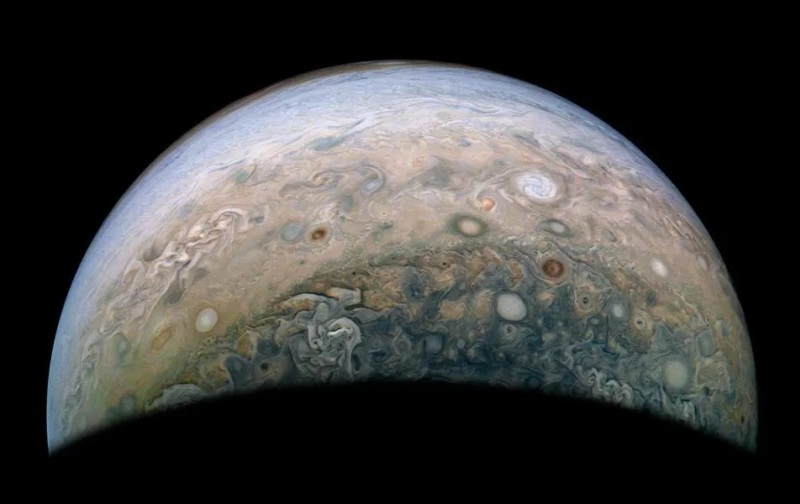
Image source: NASA/SwRI/MSSS/Jackie Branc
It is curious that the Juno mission does not have a team of scientists involved in processing the resulting images. Instead, the images are processed by enthusiasts, after which the images are posted on a special website. There you can also find photographs from this article with higher resolution.
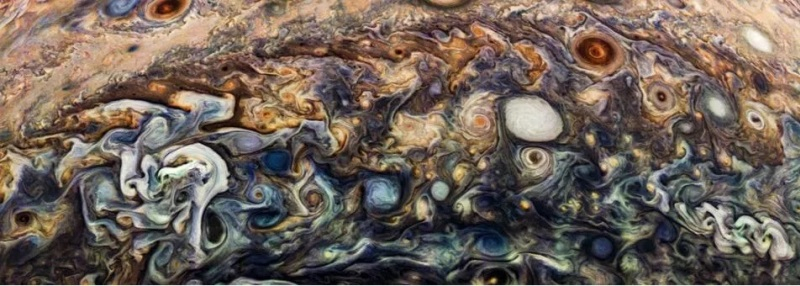
Image source: NASA / JPL / SwRI / MSSS / Gerald Eichstädt / Thomas Thomopoulos
Currently, two missions are aimed at studying Jupiter, which will replace Juno in the future. The European Space Agency’s JUICE probe, launched into space last year, will take several images of the moon Callisto when it approaches it in 2031. Later, the device will explore other moons of Jupiter. NASA’s Europa Clipper, launched not long ago, will reach Jupiter in 2030, where it will study the planet’s satellites, paying special attention to Europa.
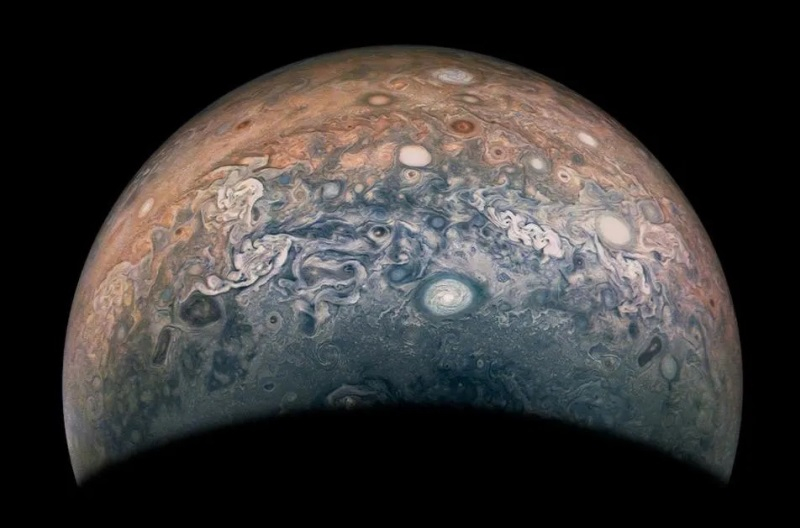
Image source: NASA/SwRI/MSSS/Jackie Branc
Juno’s next approach to Jupiter will take place on November 25. The probe’s mission will end on September 15, 2025, when the device will make a “death dive” into the gas giant during its 76th approach to the planet. This ensures that the probe will not collide with one of Jupiter’s moons, which could potentially support life.